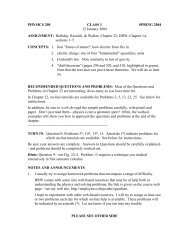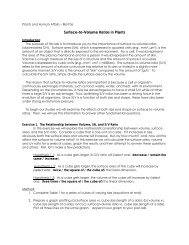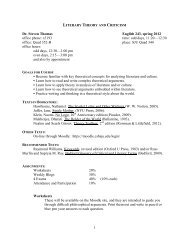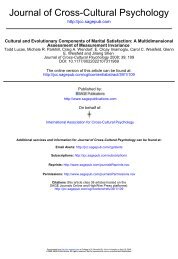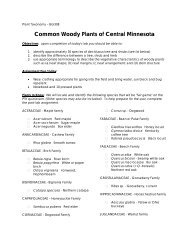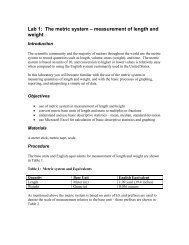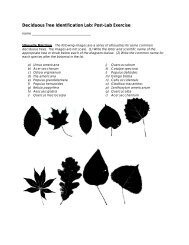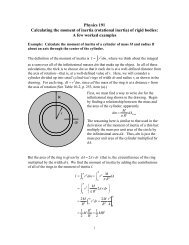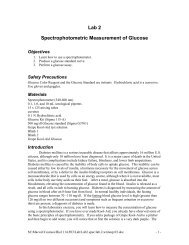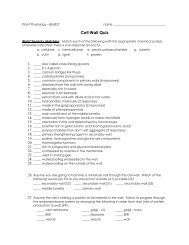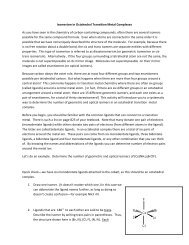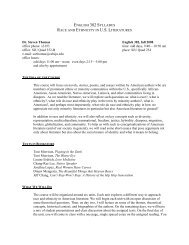Karl Marx Economic and Philosophical Manuscripts of 1844 Wages ...
Karl Marx Economic and Philosophical Manuscripts of 1844 Wages ...
Karl Marx Economic and Philosophical Manuscripts of 1844 Wages ...
Create successful ePaper yourself
Turn your PDF publications into a flip-book with our unique Google optimized e-Paper software.
9degree into other areas, for the rights <strong>of</strong> the wealthy tosubject the poor to boundless exploitation are stilluniversally acknowledged.” [Wilhelm Schulz, Die Bewegungder Produktion, eine geschichtlichstatistiscke Abh<strong>and</strong>lung.Zurich <strong>and</strong> Winterthur, 1843, p. 65]“But even were this as true as it is false, that the averageincome <strong>of</strong> all classes <strong>of</strong> society has grown, the differences<strong>and</strong> relative intervals between incomes can still have grownbigger, so that the contrast between wealth <strong>and</strong> povertybecomes sharper. For it is precisely because total productionrises that needs, desires, <strong>and</strong> claims also increase, <strong>and</strong> theyincrease in the same measure as production rises; relativepoverty can therefore grow while absolute povertydiminishes. The Samoyed is not poor with his blubber <strong>and</strong>rancid fish, for in his self-contained society, everyone hasthe same needs. But, in a state which is making rapidheadway, which, in the course <strong>of</strong> a decade, increases itstotal production in relation to the population by a third,the worker who earns the same at the end <strong>of</strong> the 10 yearsas he did at the beginning has not maintained his st<strong>and</strong>ard<strong>of</strong> living, he has grown poorer by a third.” [WilhelmSchulz, pp. 65-6]But political economy knows the worker only as a beast <strong>of</strong>burden, as an animal reduced to the minimum bodily needs.“If a people is to increase its spiritual freedom, it can nolonger remain in thrall to its bodily needs, it can no longerbe the servant <strong>of</strong> the flesh. Above all, it needs time forintellectual exercise <strong>and</strong> recreation. This time is wonthrough new developments in the organization <strong>of</strong> labor.“Nowadays, a single worker in the cotton mills, as aresult <strong>of</strong> new ways <strong>of</strong> producing power <strong>and</strong> newmachinery, can <strong>of</strong>ten do work that previously needed 100or even 250-300 workers. All branches <strong>of</strong> industry havewitnessed similar consequences, since external naturalforces are increasingly being brought to bear on humanlabor. If the amount <strong>of</strong> time <strong>and</strong> human energy neededearlier to satisfy a given quantity <strong>of</strong> material needs waslater reduced by half, then, without any forfeiture <strong>of</strong>material comfort, the margin for intellectual creation <strong>and</strong>recreation will have increased by half.“But, even the sharing <strong>of</strong> the spoils which we win fromold Chronos on his very own territory still depends onblind <strong>and</strong> unjust chance.“In France, it has been estimated that, at the presentstage <strong>of</strong> production, an average working day <strong>of</strong> five hoursfrom each person capable <strong>of</strong> work would be sufficient tosatisfy all society’s material needs.... In spite <strong>of</strong> the timesaved through improvements in machinery, the time spentin slave labor in the factories has increased for manypeople.” [Wilhelm Schulz, pp. 67-8]“The transition from complicated h<strong>and</strong>icrafts presupposesa breaking down <strong>of</strong> such work into the simple operations<strong>of</strong> which it consists. To begin with, however, only a part <strong>of</strong>the uniformly recurring operations falls to the machines,while another part falls to men. Permanently uniformactivity <strong>of</strong> this kind is by its very nature harmful to bothsoul <strong>and</strong> body—a fact which is also confirmed byexperience; <strong>and</strong> so, when machinery is combined in thisway, with the mere division <strong>of</strong> labor among a largernumber <strong>of</strong> men, all the shortcomings <strong>of</strong> the latterinevitably make their appearance. These shortcomingsinclude the greater mortality <strong>of</strong> factory workers....“No attention has been paid to the essential distinctionbetween how far men work through machines <strong>and</strong> how farthey work as machines.” [Wilhelm Schulz, pp. 69]“In the future life <strong>of</strong> the nations, however, the mindlessforces <strong>of</strong> nature operating in machines will be our slaves<strong>and</strong> servants.” [Wilhelm Schulz, pp. 74]“In the English spinning mills, only 158,818 men areemployed, compared with 196,818 women. For every 100men workers in the Lancashire cotton mills, there are 103women workers’ in Scotl<strong>and</strong>, the figure is as high as 209.In the English flax mills in Leeds, there are 147 women forevery 100 men workers; in Dundee, <strong>and</strong> on the east coast<strong>of</strong> Scotl<strong>and</strong>, this figure is as high as 280. In the English silkfactories,there are many women workers; in the wool10



